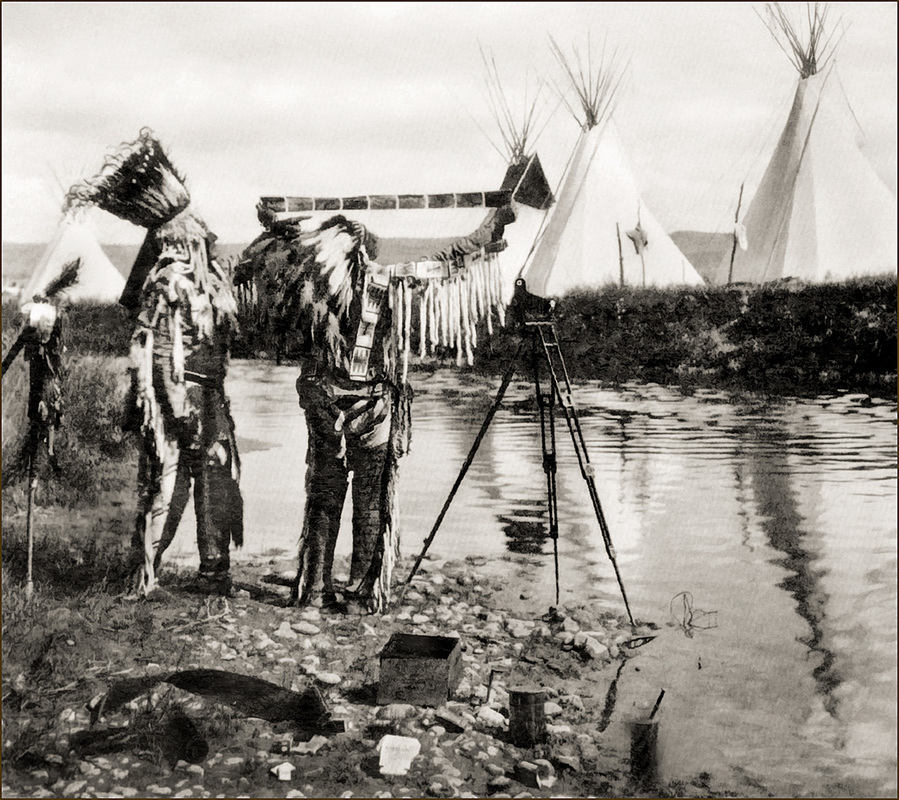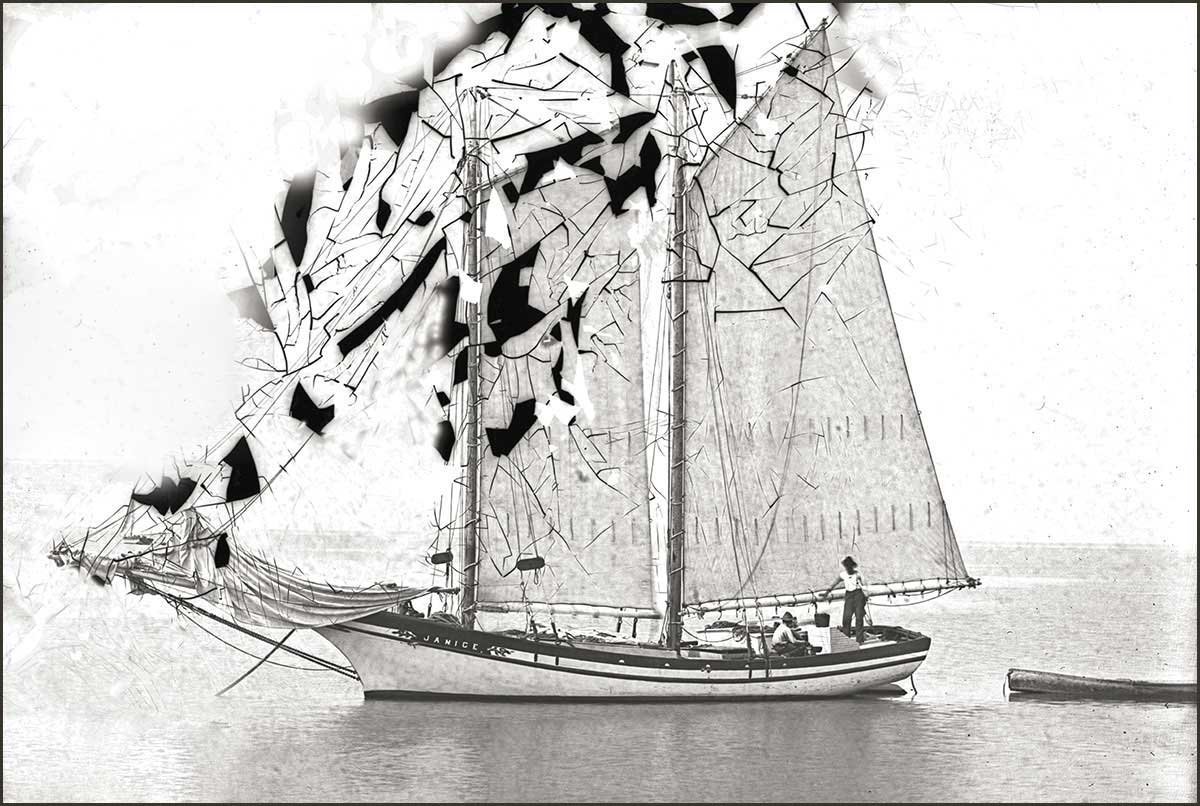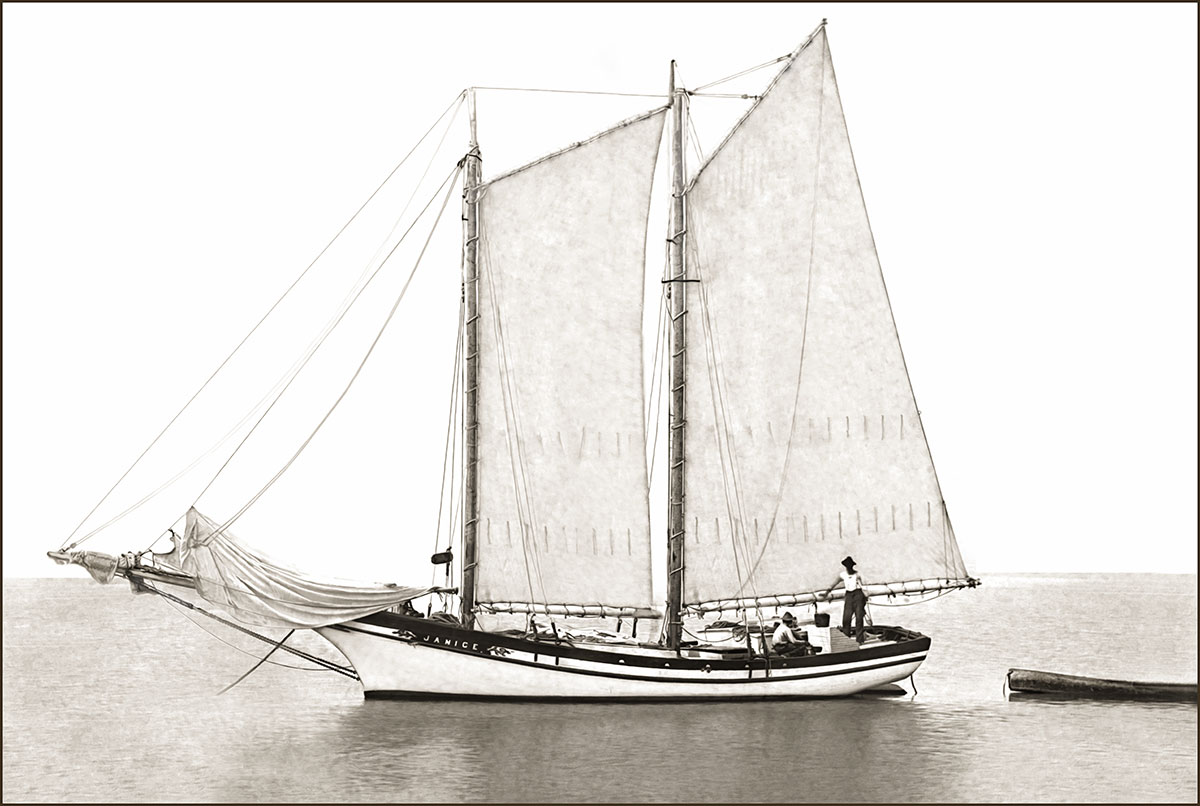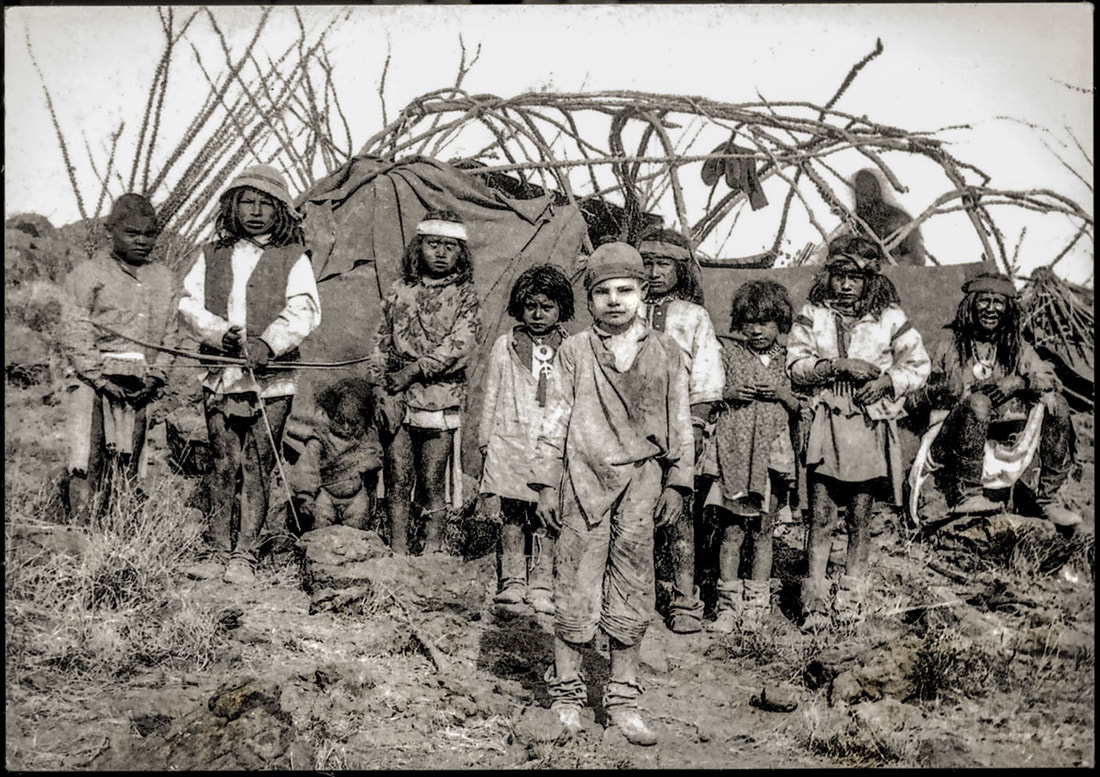The Mississippi Gulf Coast Museum of Historical Photography is a 501c3, non-profit corporation, dedicated to restoration, and public exhibition of historical images and documents. The MoHP is focused on the dissemination of knowledge about the history of the Mississippi Gulf Coast as seen through the lens of the camera, and honoring the pioneer photographers who contributed to our history.
Joe Tomasovsky Restoration, Publication,
Jim Miller Historian
Paul Jermyn Collector
Joe Tomasovsky Restoration, Publication,
Jim Miller Historian
Paul Jermyn Collector
// Personal Digital Archiving // Image Restore // Library of Congress // Ms Dept. of Archives & History // The National Archives //
Photographic Conservation and Historical Restoration
Photographic conservation is the prevention of further deterioration of original analog negatives and prints.
Historical restoration enhances the appearance of an image within the parameters created by the photographer. Digital scans are made from analog negatives or prints, and edited to remove the technical flaws made during exposure, development, and printing. Editing a digital copy repairs damage from neglect and aging of the original films and prints.
Analog photography is based on a light sensitive silver emulsion applied to a plate of glass, or a thin transparent cellulose acetate (film). A positive, or negative, image is produced by chemically altering the exposed emulsion. A negative image produces a positive image (print) by reversing the exposure/development process.
Through carelessness and aging only a small fraction of what has been photographed will survive to benefit future generations. Analog negatives and prints, no longer of any practical value, should be archived in a safe environment to preserve the historical record from further deterioration. Analog films and prints represent the early history of photography, and a more accurate visual record of the history of man
Historical restoration enhances the appearance of an image within the parameters created by the photographer. Digital scans are made from analog negatives or prints, and edited to remove the technical flaws made during exposure, development, and printing. Editing a digital copy repairs damage from neglect and aging of the original films and prints.
Analog photography is based on a light sensitive silver emulsion applied to a plate of glass, or a thin transparent cellulose acetate (film). A positive, or negative, image is produced by chemically altering the exposed emulsion. A negative image produces a positive image (print) by reversing the exposure/development process.
Through carelessness and aging only a small fraction of what has been photographed will survive to benefit future generations. Analog negatives and prints, no longer of any practical value, should be archived in a safe environment to preserve the historical record from further deterioration. Analog films and prints represent the early history of photography, and a more accurate visual record of the history of man
 source; Library of Congress
source; Library of Congress
The motives of photographers are not always obvious.




